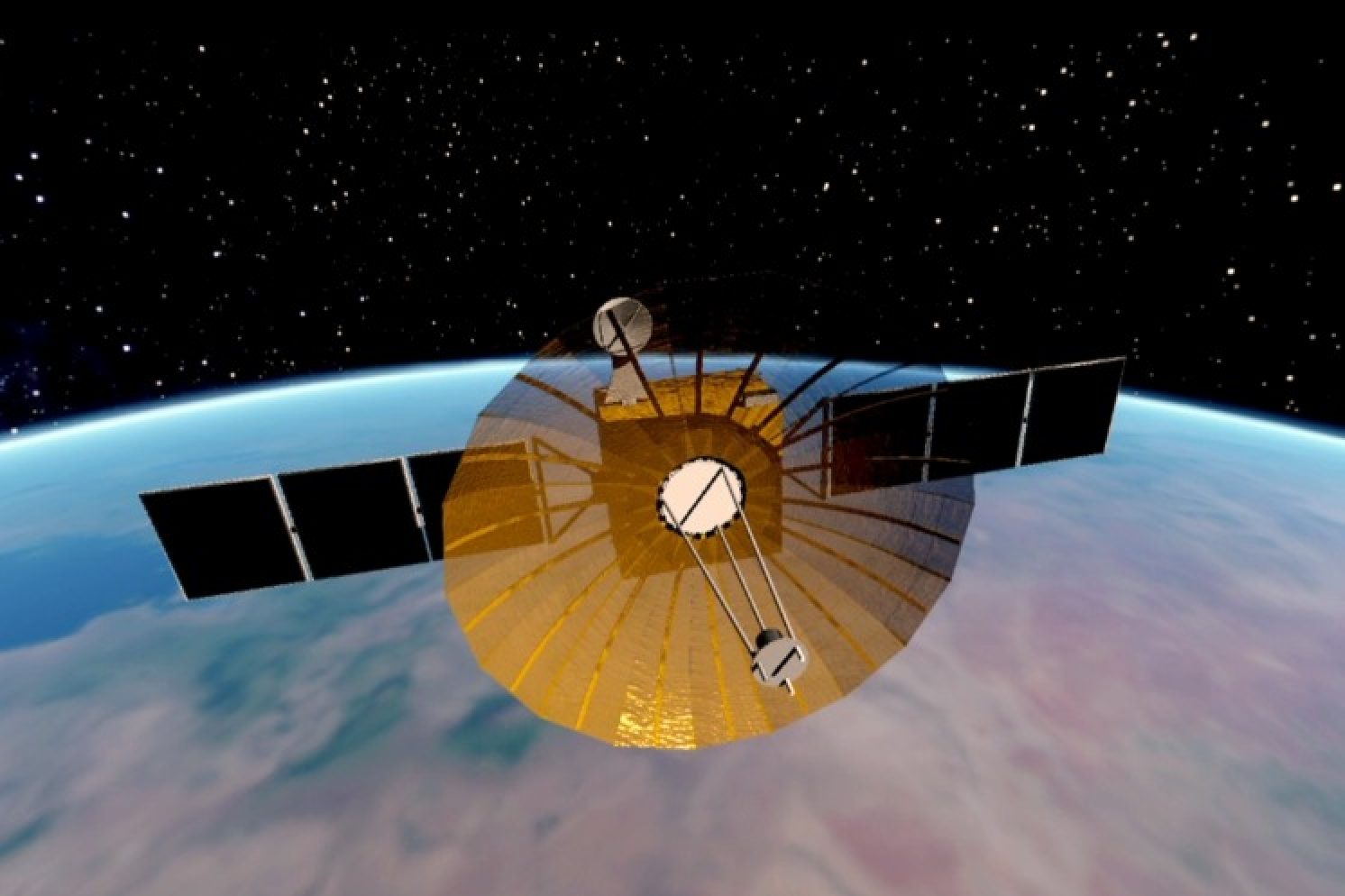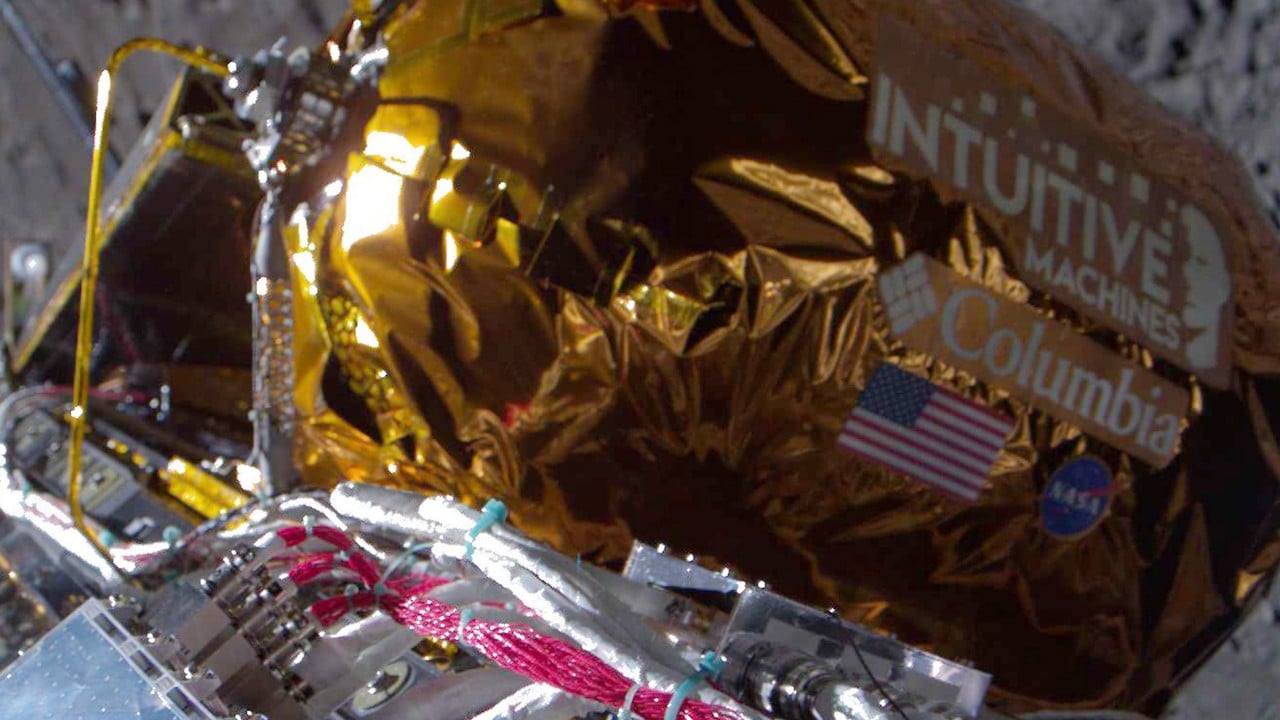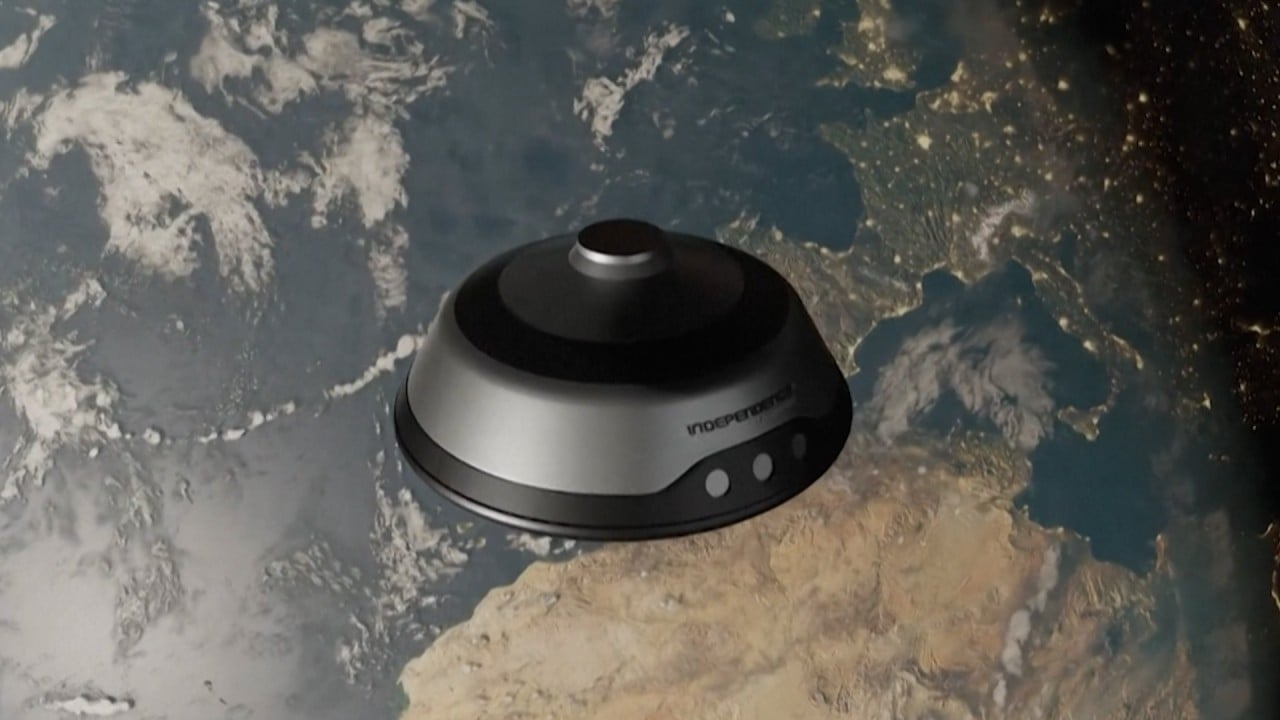China has launched a new communications relay satellite to support its moon ambitions in the decade to come.
Queqiao-2, or Magpie Bridge-2, lifted off atop a Long March 8 rocket from Wenchang Satellite Launch Centre on southern China’s Hainan island at 8.31am on Wednesday, according to the China National Space Administration.
Queqiao-2 is planned to reach an elliptical orbit around the moon and unfold its 4.2 metre-wide (13.8 feet) parabolic antenna to make communications possible between Earth and the lunar far side, which never faces Earth.
It can relay signals up to eight hours straight for the first sample return from the far side of the moon later this year, two more complicated missions to establish a prototype base at the lunar south pole by 2028 and, potentially, more spacecraft from China and its international partners.

The 325kg (716lbs) Queqiao, which has a designed lifespan of five years, is still operating near Earth-Moon Lagrangian-2 point – a gravitationally balanced spot about 70,000km beyond the moon.
Queqiao-2 is much heavier with a mass of 1,200kg. Its orbit is also different: it is highly elliptical with the closest point at 300km and the farthest 8,600km above the moon’s surface.
It will take Queqiao-2 around 12 hours to make one circle around the moon and during this time communications between Earth and the lunar far side could be provided for about eight hours.
Moon miss: Chinese satellites fail to reach planned orbit for lunar test
Moon miss: Chinese satellites fail to reach planned orbit for lunar test
This orbit is also known as a frozen orbit because it is very stable and requires the spacecraft to carry very little, if any, propellant for orbit maintenance over a very long time.
Queqiao-2’s antenna surface was made of extremely thin molybdenum wires coated with gold, said the research team from Donghua University in Shanghai that developed the antenna.
“The wires used to weave the antenna were thinner than human hair. And gold is a very good reflector,” team leader Chen Nanliang told state broadcaster CCTV back in February.
“Our ‘golden umbrella’ is lightweight and flexible enough to be first tucked in the rocket cabin, and then unfold in orbit. It’s also strong enough to withstand the harsh conditions during launch and in flights,” Chen said.
Besides signal relay, Queqiao-2 is also equipped with three scientific payloads, including an ultraviolet camera and a long-distance radio astronomy experiment. Its designed lifespan is at least eight years.
Compared with Queqiao-2, Tiandu-1 and Tiandu-2 satellites are much smaller. The 61kg Tiandu-1 carries a Ka dual-band communication payload, a laser retroreflector and a space router among other devices. The 15kg Tiandu-2 carries a communication payload and navigation devices.
US-China space race fuelled by lunar landings and orbital ‘parking spots’
US-China space race fuelled by lunar landings and orbital ‘parking spots’
Together, the two will orbit the moon to test and verify navigation and communications technologies, and inform the design of China’s Queqiao lunar navigation and communication constellation, Xinhua reported last month.
The Queqiao constellation would greatly aid moon landing and lunar surface operations, said state news agency Xinhua. China plans to land astronauts on the moon no later than 2030, and build a moon base with international partners in about a decade.




